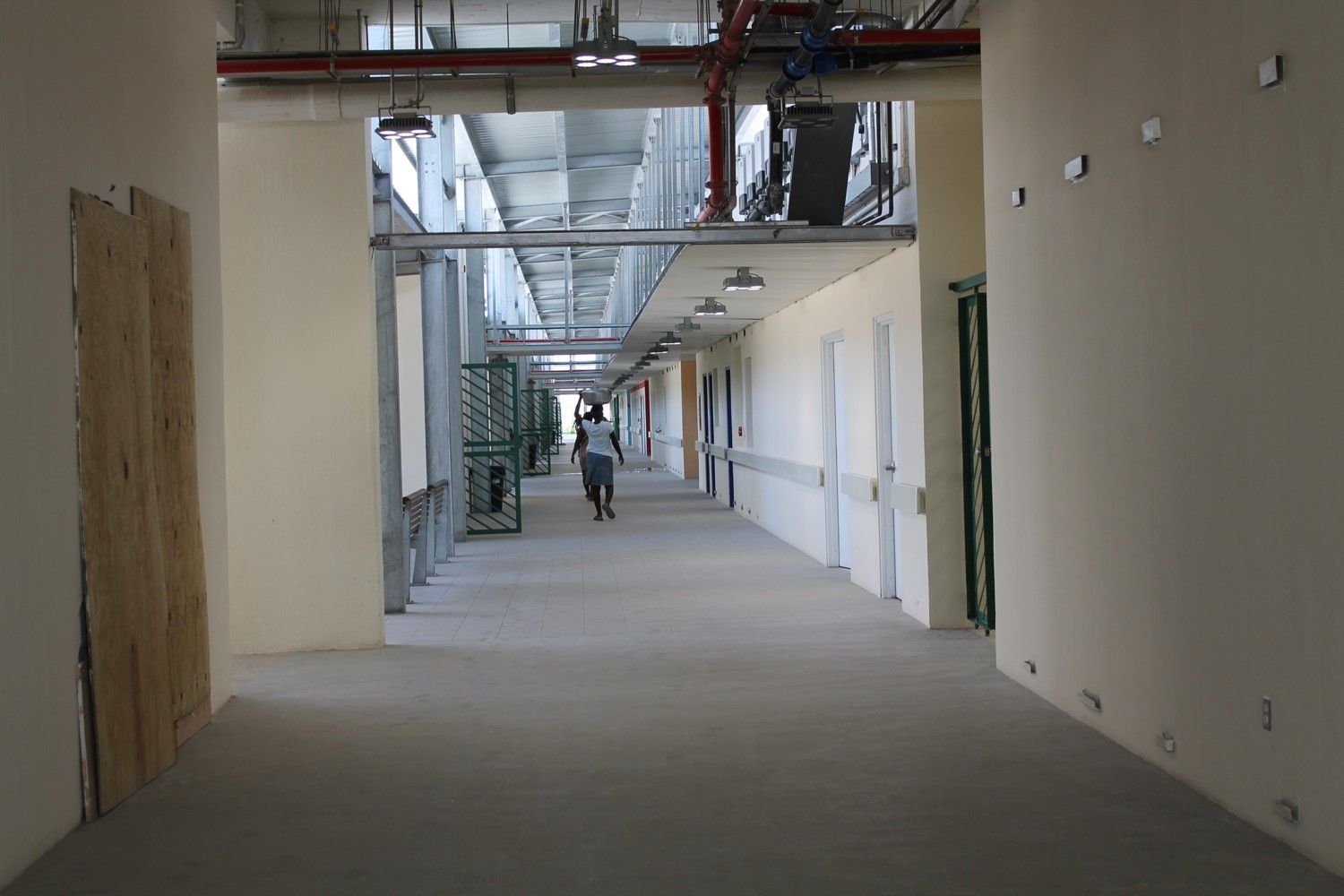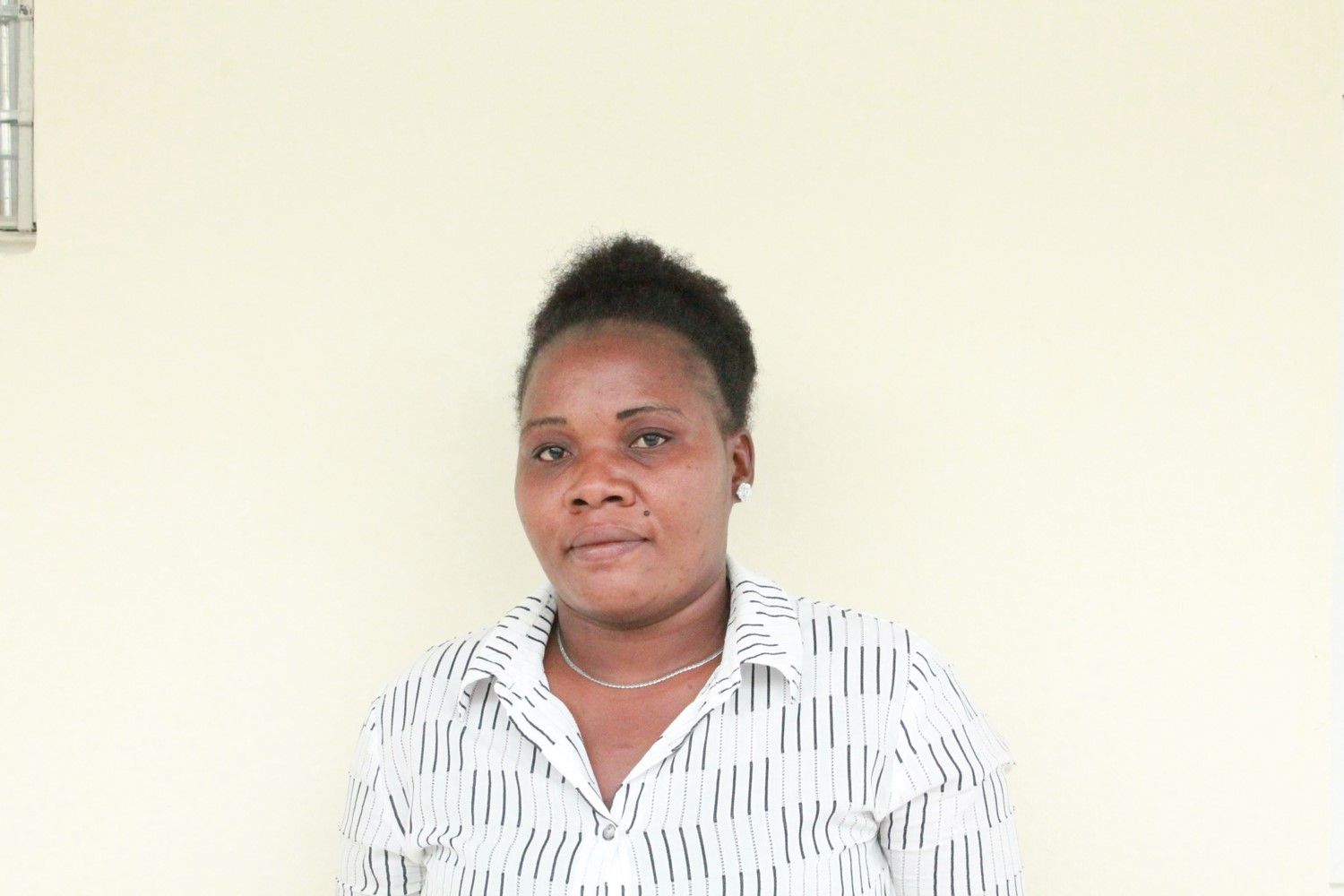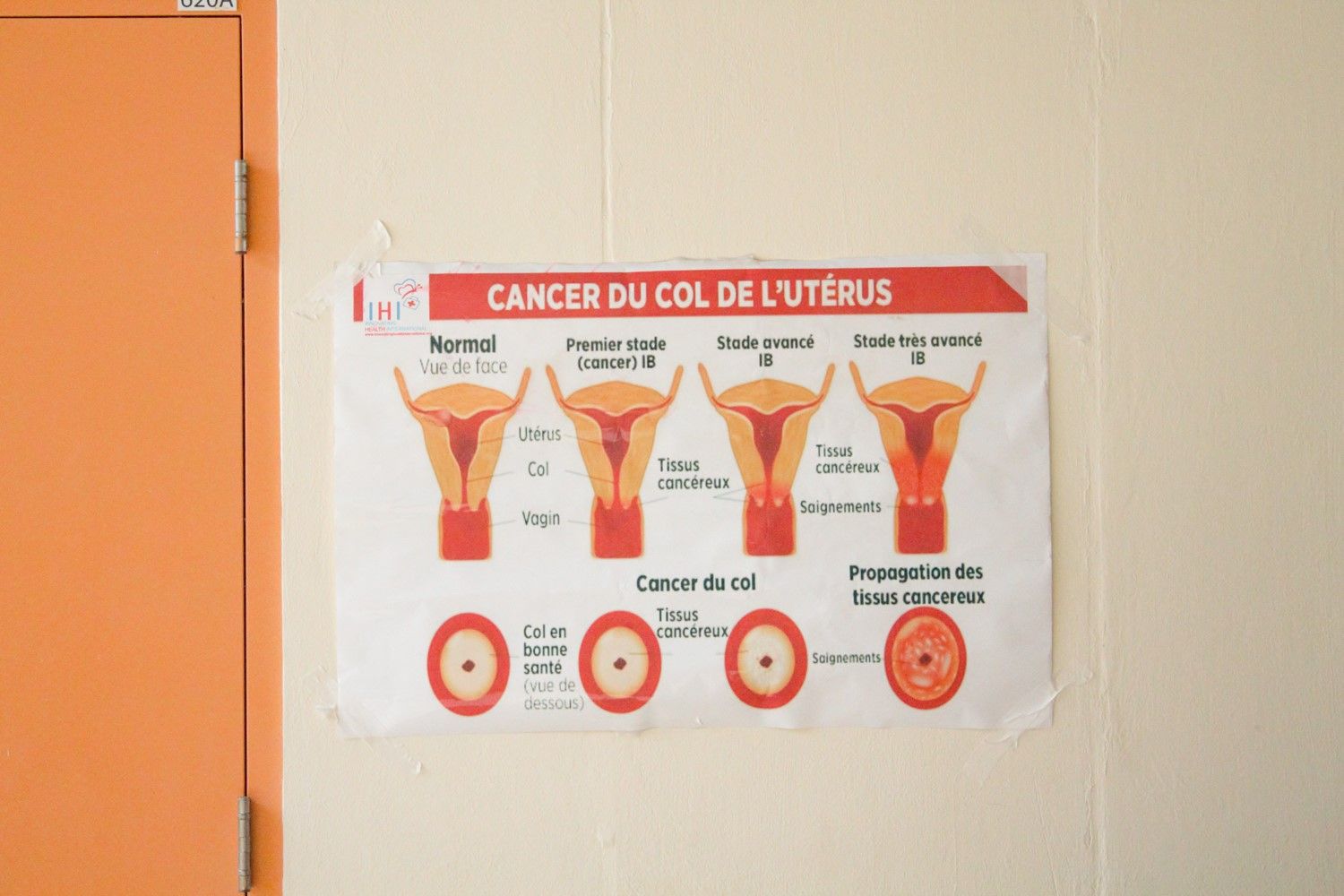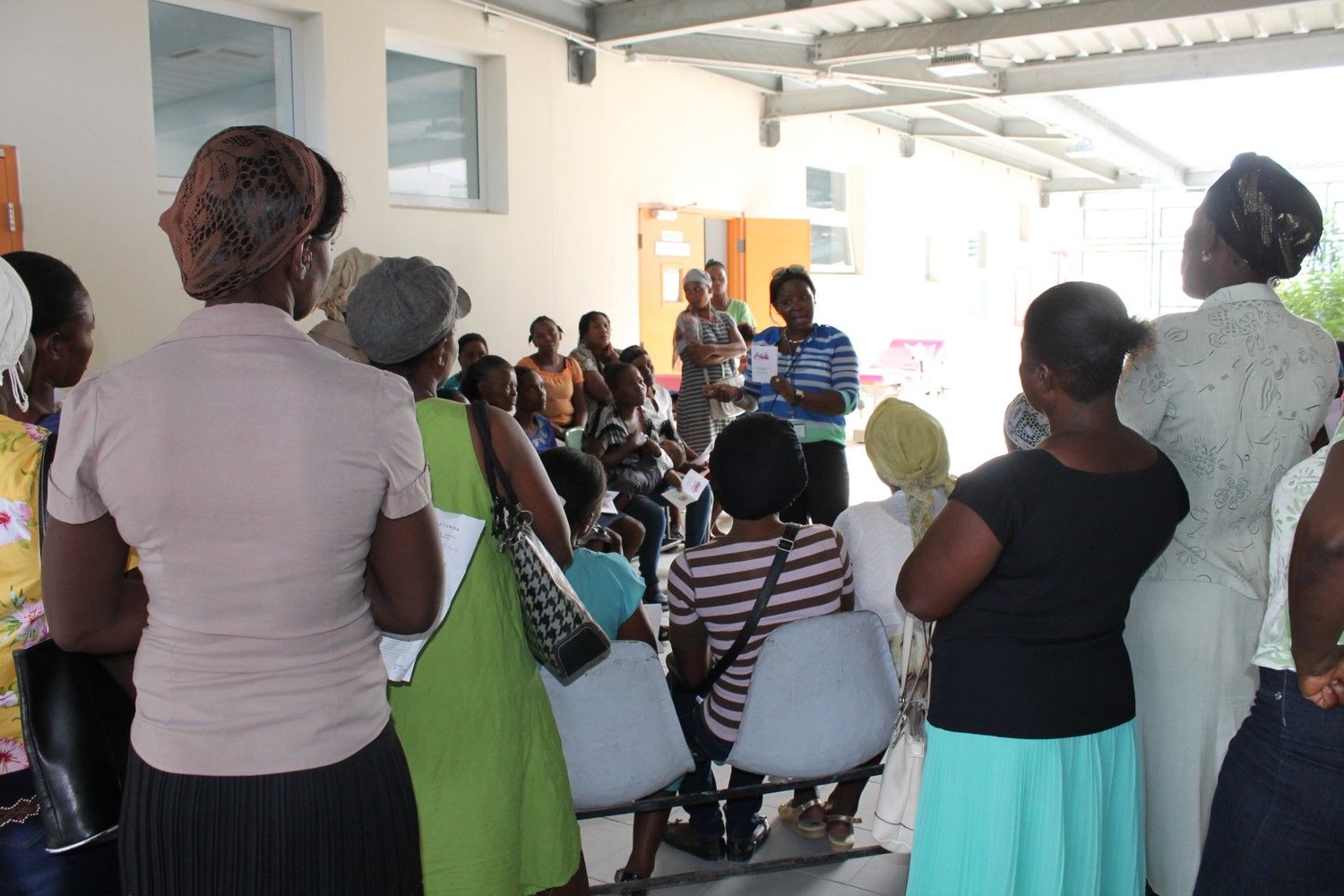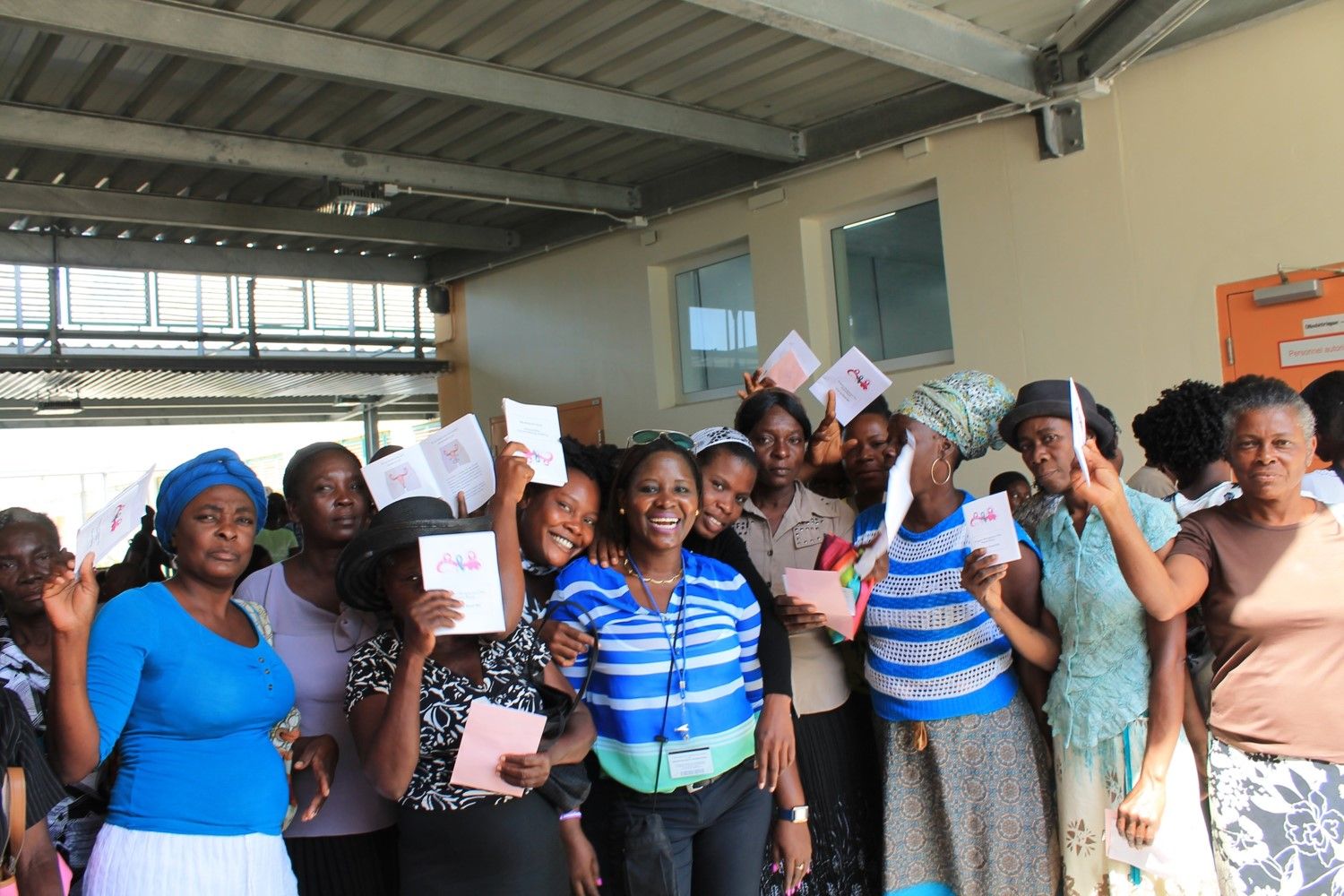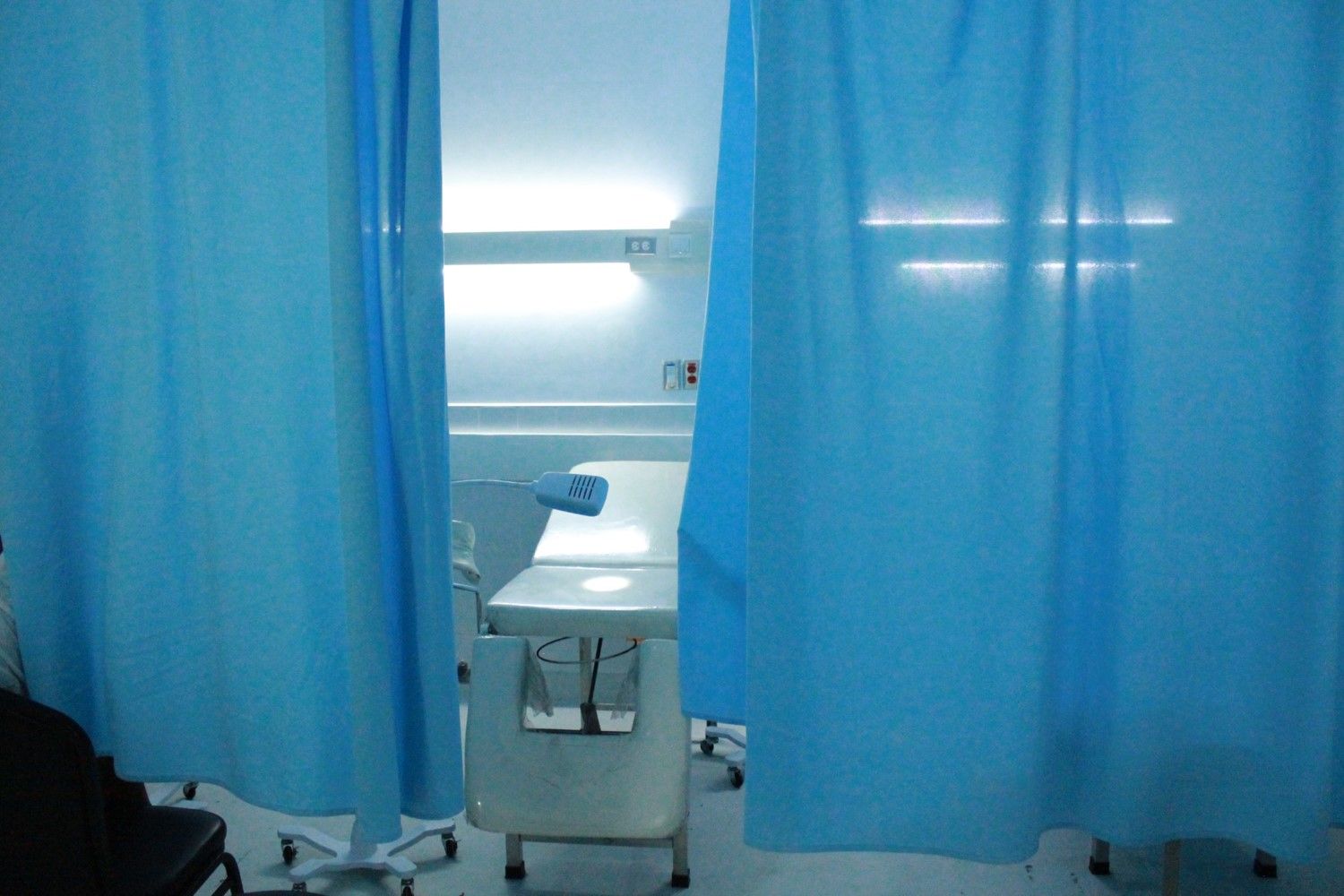“Women in Haiti always put their health last,” Holdie Fleurilius, the cervical cancer program manager for Innovating Health International, tells me. We are sharing dinner together in a small café in northern Haiti after a long day at the nearby public hospital, screening women for cervical cancer.
She goes on to explain that women are expected to put their children’s health first, followed by their husband’s. Any leftover money or time can then go towards their healthcare. The consequences of this attitude are tremendous. Women are diagnosed with and die from cervical cancer in Haiti at much higher rates compared to the rest of the world.
Haiti, the poorest country in the Western Hemisphere, has faced many challenges over the past several years. While most people associate cholera and other infectious diseases with Haiti, these are not the largest causes of disease in the country.
As in many developing countries, non-communicable diseases like heart disease and cancer are high on the list of top ten causes of death. For women, the health challenges they face are enormous and many still die from preventable causes. While men’s life expectancy is currently above what was originally predicted, Haitian women’s life expectancy is below what statisticians and epidemiologists have predicted.
In discussing cervical cancer screenings, Fleurilius grows animated. “[Women’s] health is the last priority, even for the women,” she says. Women will often wait to visit a doctor until the pain is very severe, causing most breast and cervical cancer patients to only receive a diagnosis at the late stages of the disease. At that time, there is little that can be done for them.
Treatment options in Haiti are limited and expensive. Certain kinds of cancer treatment like radiation are not even available in Haiti. Women requiring radiation must travel to neighboring Dominican Republic for treatment, a journey that costs time and money. The Ministry of Health does not provide many resources for women’s cancer programs so care often falls to small NGOs in the larger cities of Haiti.
Women are also often hesitant to tell their husbands about their diagnosis, for fear that their husbands will leave them. This is not an undocumented fear. Fleurilius’ organization, Innovating Health International, has found that 80 percent of their breast cancer patients have had their partners leave them because of their diagnosis.
Several women say they feel trapped and scared by their illness. One woman had to keep her treatment a secret from her husband, another was in denial about having cervical cancer, and yet another could not find money to go to the Dominican Republic for treatment.
This last woman, Delia*, had, at the age of 29, been diagnosed with stage 4 cervical cancer. Her husband had left her and her three-year-old daughter as she tried to find money for treatment. With her daughter in tow, this woman traveled to several different NGOs in Haiti, trying to find someone to pay for her treatment. Unfortunately, none of the NGOs were able to afford the transportation and treatment in the Dominican Republic at a cost of $2000.
These constant logistical and social barriers are the reality for many Haitian women. The combination of a lack of access to healthcare and deep-rooted ideas about a woman’s place in society leave women destitute and dying, relying on other family members to take care of them and their children.
Fleurilius, and many others, are trying to change that.
The Ministry of Health and Innovating Health International are currently running a women’s cancer screening and education program in nine different sites around Haiti. This program provides cervical cancer screenings for any woman who attends. But first a short educational presentation is given. Women learn about the signs and symptoms of women’s cancers and how to perform breast self-examinations.
Several women attending these screenings speak about how important it is to them to learn how to do these self-examinations. These women had seen friends and family die of breast and cervical cancer and felt more empowered to take care of their own health after learning what they could do.
One of these women, Marie, is the mother of nine children. While her husband did not want her to take the day off of work to come to this, she said it was important to get screened so that she could be there for her children. She saw that her health was important enough to take a day off work. Marie still prioritized her kids and husband but she recognized that being in good health was the best thing she could do for them.
Marie may very well represent the change that is permeating the country. Programs like the one she attends are becoming catalysts to letting women make their health a priority.
*Not her real name
